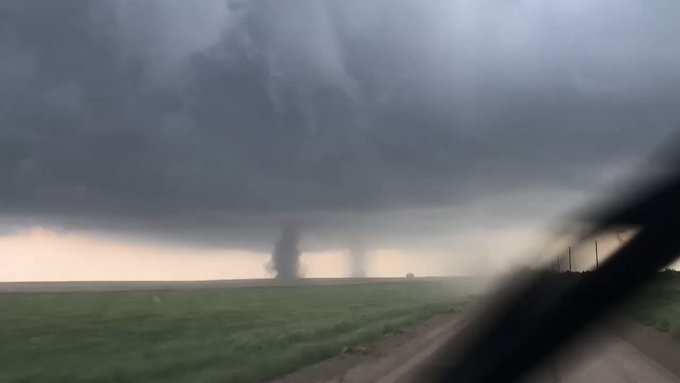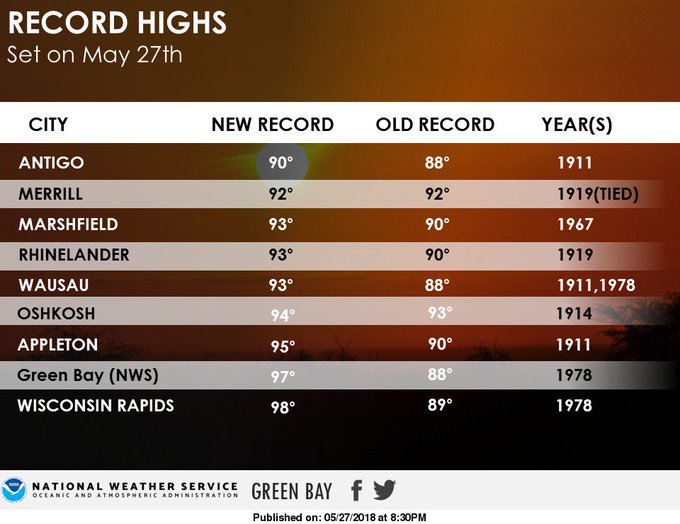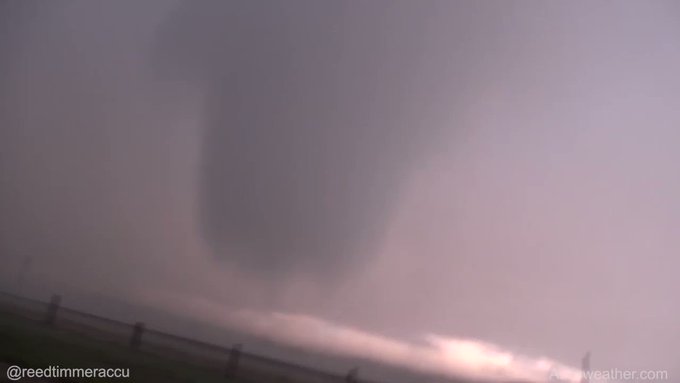By Alex Sosnowski, AccuWeather senior meteorologist
May 29, 2018, 2:35:23 PM EDT
As Alberto moves northward, downpours, isolated flash flooding and locally severe thunderstorms will affect part of the Midwest, including the Chicago area, at midweek.
Alberto, currently dubbed a subtropical depression by the National Hurricane Center, has both tropical and non-tropical characteristics.

Alberto contains moisture similar to a tropical storm but also has pockets of dry air and is much more spread out, which is more typical of large storms that occur during the fall, winter and spring.
Showers and thunderstorms from Alberto will spread from the Tennessee Valley into Tuesday night to the Ohio Valley and Great Lakes from Wednesday to Thursday.

Showers and thunderstorms are forecast to occur outside of the shaded area. However, these downpours will be more spotty in nature and only a result of indirect effects from Alberto.
The air will be noticeably more humid as the storm moves across the region. This high level of moisture in the air will fuel locally torrential downpours.
The storm still contains enough of a circulation to cause a stiff breeze for a time and locally gusty thunderstorms.
Motorists should be prepared for sudden downpours that may flood streets and low-lying portions of highways.
Where thunderstorms gather and strengthen and approach major metro areas, such as Chicago, Milwaukee and Indianapolis, the potential for airline delays will increase significantly.
RELATED:
Central US to face another round of severe weather into Tuesday evening
Risk of downpours, flash flooding to increase in northeastern US by late week
Falling tree kills 2 South Carolina journalists on Monday amid hazardous weather
2018 Atlantic hurricane season: Is Puerto Rico at risk for another devastating blow?
Hurricane Maria may have killed more than 4,600 in Puerto Rico, study says
Central US to face another round of severe weather into Tuesday evening
Risk of downpours, flash flooding to increase in northeastern US by late week
Falling tree kills 2 South Carolina journalists on Monday amid hazardous weather
2018 Atlantic hurricane season: Is Puerto Rico at risk for another devastating blow?
Hurricane Maria may have killed more than 4,600 in Puerto Rico, study says
The greatest impact from Alberto in these major cities, as well as Detroit, Cincinnati and St. Louis, and other towns and rural areas in the region will be from Wednesday to Wednesday night.
Alberto may spawn severe thunderstorms
One area that may experience locally severe thunderstorms is forecast to extend from southeastern Michigan through much of Ohio to central West Virginia and southwestern Pennsylvania.

"While Alberto has not produced any tornadoes through mid-afternoon on Tuesday, there is a chance of a couple of tornadoes being spawned over part of the Midwest on Wednesday afternoon and evening," according to AccuWeather Senior Storm Warning Meteorologist Rich Putnam.
The greatest threats from the storms on Wednesday will be from flash flooding and damaging wind gusts.
Indirect effects from Alberto, by way of tropical downpours, will extend into the northeastern United States as well.
Cooler, less humid air to slowly advance in Alberto's wake
During the latter part of the week, Alberto will travel northeastward across Canada and its direct impact will diminish. However, non-tropical impact from non-tropical weather systems will remain and increase.
Humid air will linger in the wake of Alberto over the Ohio Valley and eastern Great Lakes on Thursday. This humid air may continue to allow showers and thunderstorms to pop up.
Dry and cooler air is forecast to build southward from central Canada and across the Great Lakes and upper Mississippi Valley for a time late this week and this weekend.

Much of the area from the Mississippi River to the Ohio Valley and Great Lakes may be free of rain on Saturday.














